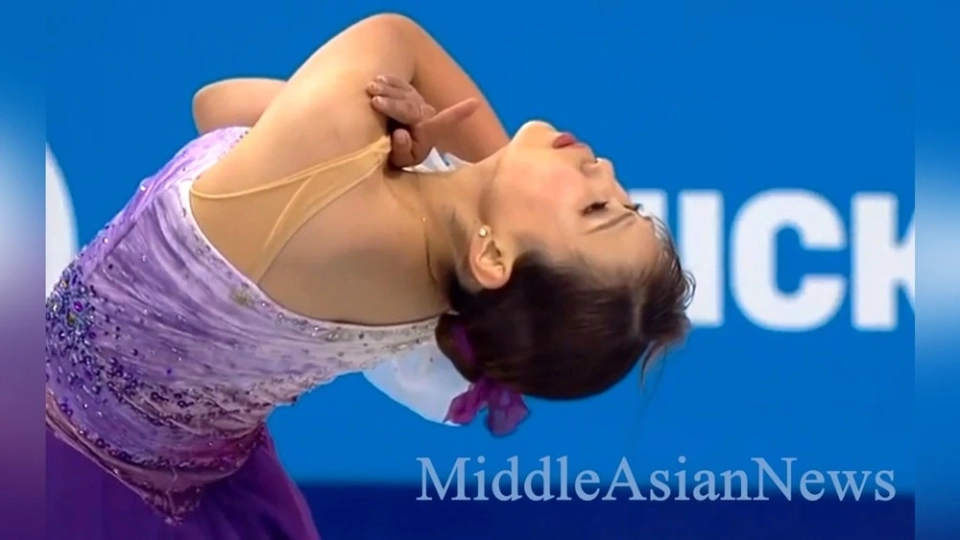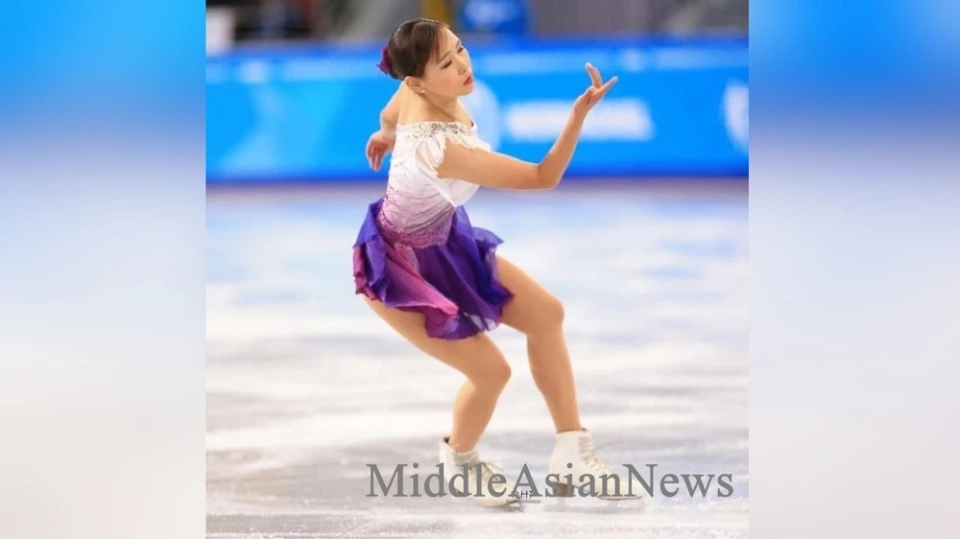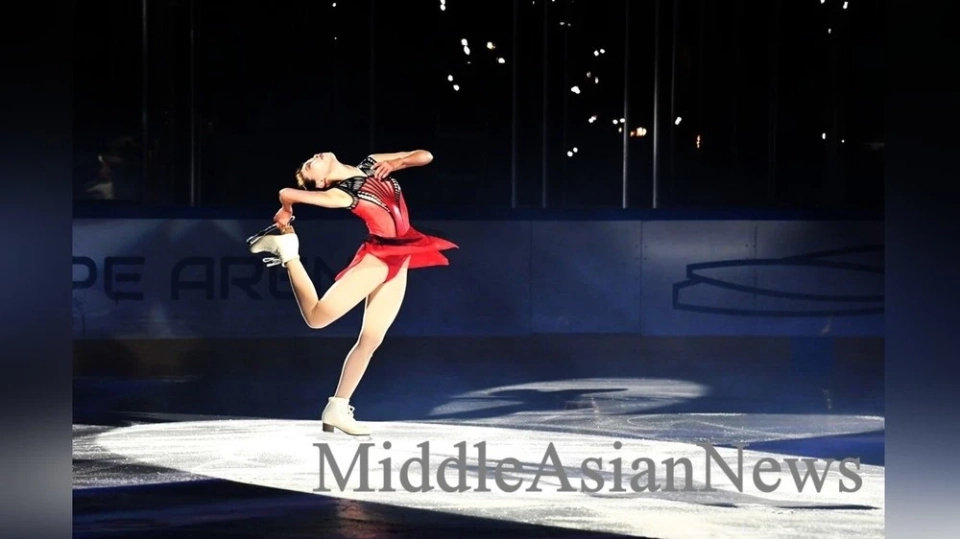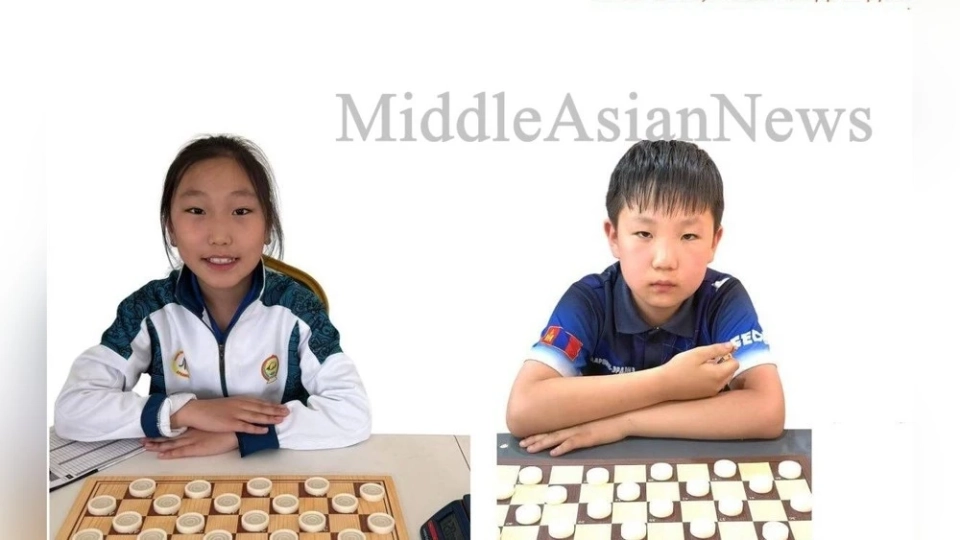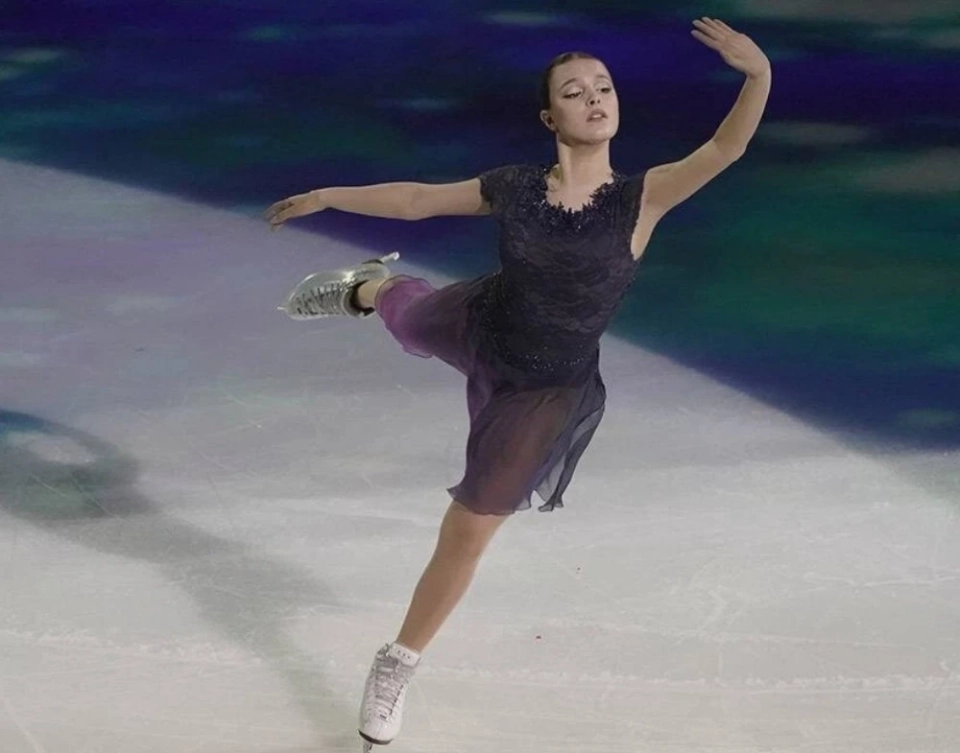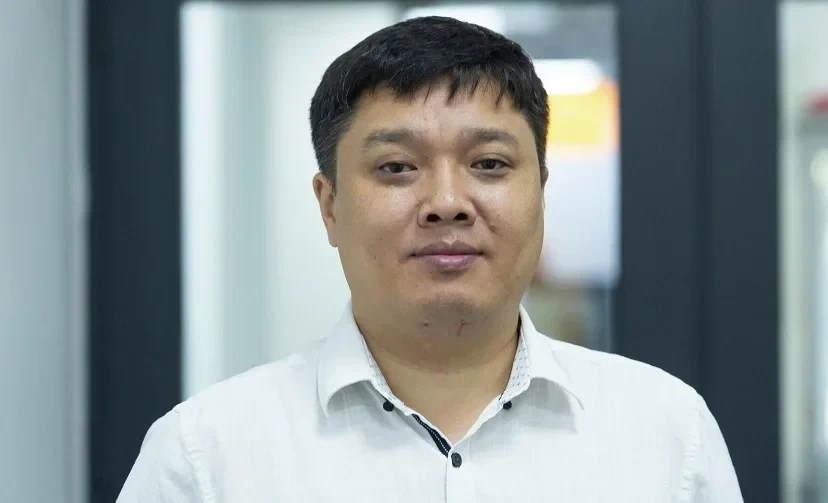Among the best figure skating specialists in the world is Maraal-Erdene Gansukh.
Her work titled Angular momentum generation in the triple loop in figure skating was published in the journal Sports Biomechanics. This summer, Maraal-Erdene presented the results of her research at a conference in Sweden.
Recently, she completed her studies and obtained a master's degree in Chukyo, Japan.
Abstract
The study of the angular momentum (AM) of the body is an important aspect for executing jumps and ensuring landing stability in figure skating. However, the process of generating it in the triple loop (T-LP) has not been sufficiently researched. The aim of the work was to fill this gap by analyzing the contribution of various body segments to the creation of angular momentum. Ten female figure skaters performed the T-LP while undergoing three-dimensional motion analysis. The increase in AM occurred mainly due to the work of the upper limbs during the gliding phase, while a significant contribution to the increase in AM from the lower limbs was observed in the transitional phase, especially from the non-supporting leg. A slight decrease in AM was recorded during the turning phase before takeoff. The results show that, unlike jumps on the ground, where AM is generally generated by the arms and torso, the T-LP involves a different strategy.
Furthermore, no significant correlation was found between the angular momentum at takeoff and key performance indicators of the jump, such as height, rotation speed, or flight time. This indicates that successful jump execution requires a coordinated integration of various biomechanical factors, including takeoff mechanics and pose control during flight. These findings may be useful for improving training strategies and optimizing jumping techniques in figure skating.
Tatar S.Maidar
source: MiddleAsianNews

